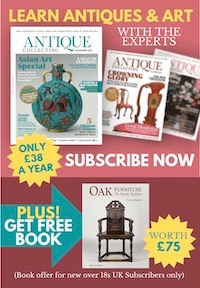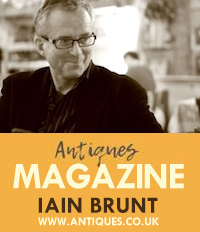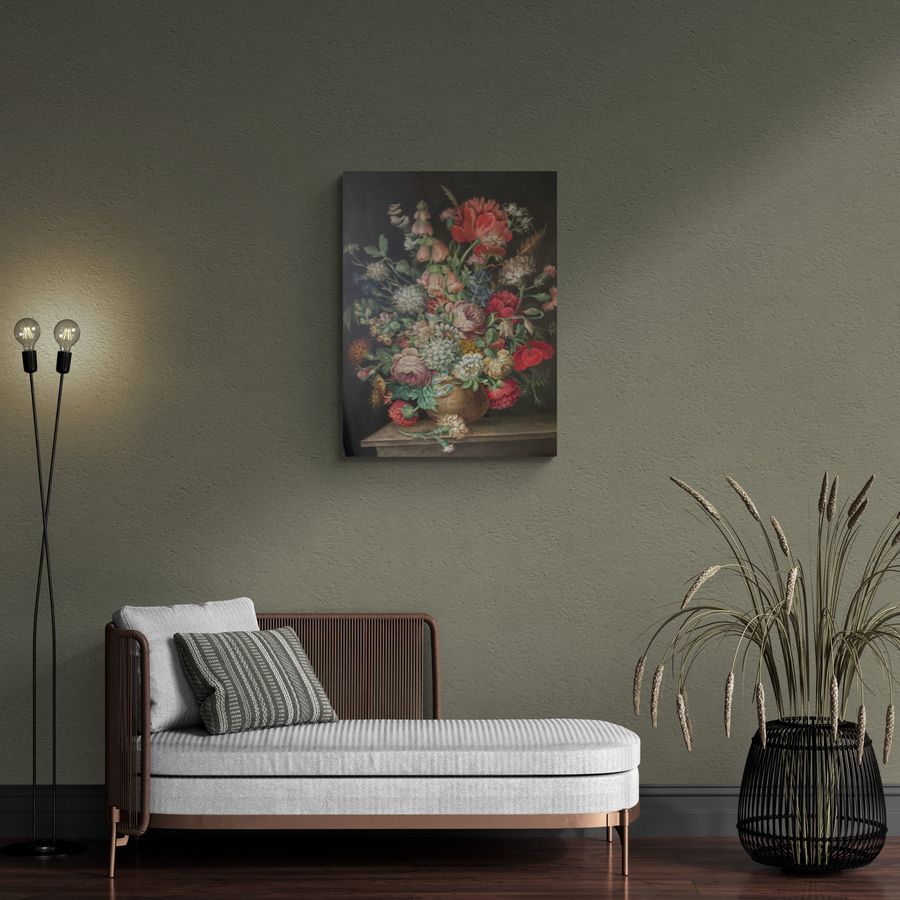THE FORCE THAT DRIVES. GIUSEPPE PENONE
Posted by Alain Elkann on 16/07/2020
THE FORCE THAT DRIVES. GIUSEPPE PENONE is an Italian artist and sculptor, known for his large-scale sculptures of trees that are interested in the link between man and the natural world. His early work is often associated with the ‘Arte povera’ movement.
Giuseppe Penone, how has the period of quarantine been for you?
It has been a dramatic time for people forced to live in small spaces. Fortunately I have a house in the country, near Turin in the direction of Castagneto Po. It had been years since I’d experienced spring day after day like this.
What was that like?
I work alone, and it isn’t necessary for me to interact with others, so the situation was not that difficult for me. The lack of social relationships didn’t affect me that much since they aren’t necessary for what I do.
Your work has always been tied to nature. What was it like to see nature come to life before your eyes day after day?
It is like participating in a lost rhythm. Because we were forced to shelter in place, you focus on details that you don’t usually notice.
What kinds of details?
For example, seeing how quickly leaves develop. It is like an explosion of joy that gives you hope. The fact that lockdown coincided with the beginning of spring alleviated the feeling of sadness.
Have you been working? Have you felt inspired?
I have a studio in this house, in addition to the studio in Turin. I’ve been able to complete some pieces that I’d neglected, and to come up with new ideas…
What kinds of ideas?
Reflecting in a general sense on the way I express myself with the drypoint engraving technique, meaning a sheet of copper that I engrave with a very sharp etching needle that scratches the surface of the metal, which is then inked and printed on paper. This act is very similar to sculpture.
“Art has a function that pushes man to do something that he hopes he will be remembered for. The first reason is to affirm his own identity. “

Giuseppe Penone, Identità (Identity) 2017.
Bronze, aluminium, stainless steel 1257 x 730 x 610 cm
Installation view, Castello di Rivoli Museo d’Arte Contemporanea Rivoli 2020
photo © Archivio Penone
Giuseppe Penone, you won the prestigious Praemium Imperiale international art prize for sculpture in Japan in 2014. Would you define yourself as a sculptor?
Yes, because I work with three-dimensional materials, though I express myself in different ways. I’ve worked with leaves, which you might not think would be right for sculpture, but actually they have a surprising, long-lasting presence. Take, for example, the herbariums of the eighteenth century.
You work a lot with bronze, but the foundries are closed. Has that been a major inconvenience?
No, because my exhibitions have been cancelled.
Which ones?
I was supposed to have a show at Marion Goodman in New York, which was to open 8 May. Then there was an exhibition planned for the BNF (Bibliothèque Nationale de France) in October, and another one at the Voorlindenin Holland. That was planned for early 2021.
What will happen?
All of my shows have been postponed until next year, and certain pieces, which were urgent, no longer are. So the fact that the foundries are closed is less serious.
Do you feel like time has stopped?
Yes. This time with things closing and then opening back up is a bit like a journey. A bit like when you take a train trip. When you leave, you are still immersed in the place where your journey started, and there’s a momentary feeling of regret. Then a sense of calm overtakes you, a moment where the mind is free and it is as if time doesn’t exist, with no pressure and you can think or write freely. Then there is the moment right before you arrive, when you think about all of the practical things and the uncertainty of what you will find, insecurity, tension…
Were you ever scared during this period?
No, never. Though I did get bad news, like the death of my dear friend Germano Celant. And Michelangelo Pistoletto got the virus, but fortunately he recovered.
You’ve been seen as being part of the ‘Arte povera’ movement. Would you say this characterisation is accurate?
I was the last artist to join the group. I made my first pieces in 1968 when I was twenty. Germano Celant saw them and included them in the 1969 Arte Povera book published by Mazzotta. But I didn’t take part in the very first exhibitions Germano held in Genoa at the Galleria La Bertesca or in Amalfi.
Did you feel like you belonged in the ‘Arte povera’ category?
Yes, because the artists in that group were all important on the art scene, even outside of Italy. Another thing is that the artists were always present at the exhibitions, and this allowed Italian artists to gain recognition. In the nineteen-sixties, nineteen-seventies, and early nineteen-eighties there were no spaces for showing contemporary art in Italy, just a few galleries that took an interest but didn’t have much money. The concept of ‘Arte povera’ itself became a construct, a way of thinking that allowed for the development of a body of work over the years.
Michelangelo Pistoletto defined it as being ‘anti-pop art’. Is that true?
That is true in a certain sense because it liberated itself from Italian and European cultural values. It was an identity problem, to establish an identity at the same time that cultural homogenisation was taking place internationally.
Was ‘Arte povera’ one of the last groups of artists, like the surrealists, the futurists, the cubists, the avant-garde?
That is partially true, also because of the problem of sharing a common philosophy. We would hold exhibitions with gallery owners who shared our philosophy regardless of what the market – which did exist even back then – was doing at the time.
“Sculpture has changed a lot since when it was merely figurative. Man recognises himself and takes an interest in his own image.”
Giuseppe Penone, did you think your pieces would go on to be worth so much money?
We weren’t thinking about success on an economic level. There was the need to make a living, but it was more important to express certain ideas. Then it changed. At a certain point, the value of the market became the value of the work, and, generally speaking, in order to judge a piece you began to think in economic terms. But if I go to a museum, for example, I never wonder how much the piece cost.
Why have you shown your pieces all over the world from the time you were quite young, in museums, public spaces, and, a few years ago, the gardens of the Palace of Versailles.
It all starts with the material, like bronze, which acts like a plant because it takes on the colours of plants, the patina depending on the location. My idea was to make the shape of a tree everlasting; in nature, it erodes over time. One of the first types of pieces like this I did at the end of the nineteen-eighties, and it’s at the Kröller-Müller Museum in Otterlo, Holland. This was the first very large piece. I put a bronze piece, which looked like a tree, along a path as a replacement for a missing tree, playing with the idea of blending it in with the environment. I later did many pieces like this, and when they asked me to hold an exhibition at Versailles, I chose the gardens because I preferred the outdoors, which allowed me to show seventeen pieces. Many of them had never been on display before, and I got to see them all together. It was interesting to see how the public interacted with the works. Visitors to Versailles are not necessarily focused on art. They come from all over the world, from different cultures, and they don’t only have one way of seeing things. Seeing people getting close to the pieces and take interest in them gave me a sense that they will last over time, and that there is interest in the works, beyond the analysis of their artistic value.
Are your works are based on the relationship between nature and man?
My pieces see man as a part of nature and are conceived as an idea that brings together the actions of man and changes in nature. My very first works, Alpi Marittime, come to mind. A gesture, an action impacting the surface of the tree, created a change in the tree itself, and this encounter can have different interpretations.
In this period where we are dealing with the coronavirus, man is weaker, more vulnerable, while nature has exploded. Is this thanks to the fact that there is almost no pollution and so much silence?
I hear people talk about nature as something good for us, that man must protect as if he weren’t part of nature, as if he were the master of nature. Actually nature exists independently of man, and is indifferent at best. Our concern about nature and saving nature is selfish. We worry about it because it threatens our existence.
Does your work express the idea that nature and man are the same thing?
Man is an element of nature and man disturbs and disrupts an order nature had created. But nature will survive. Our concerns are valid about conserving species, climate change, and many other factors, because we fear for our survival.
What about the virus?
It behaves like us, with the same survival instinct. Man has this survival instinct in his cells and in his make-up. This survival instinct can be seen in entire populations that enter into wars in order to gain the upper hand. At the base of this is a force that man can’t control to preserve his identity.
What is art?
There are many ways to describe it. It has a function that pushes man to do something that he hopes he will be remembered for. The first reason is to affirm his own identity.
What is the function of art?
A chair is an object that serves a function for the body, urbanism serves a function for the community. Art serves a function for the mind and not just for the body.

Giuseppe Perone, Albero di 12 metri (12 Meters Tree) 1980
larch wood 1200 x 50 x 50 cm
Installation view The Solomon R. Guggenheim Museum, New York 1982
photo © Carmelo Guadagno

Giuseppe Penone, Le foglie delle radici (the Leaves of Roots), 2011 (detail)
bronze, vegetation 944 x 260 x 300 cm
Installation view, Château de Versailles, Paris 2013
photo © Archivio Penone

Giuseppe Penone, Le foglie delle radici (the Leaves of Roots), 2011
bronze, vegetation
944 x 260 x 300 cm
Installation view, Château de Versailles, Paris 2013
photo © Archivio Penone

Giuseppe Penone, Identità (Identity) 2017.
Bronze, aluminium 1328 x 730 x 737 cm
Collection Kistefos Museet, Samsmoveien, Norway
photo © Archivio Penone

Giuseppe Penone, Tra scorza e scorza (Between Bark and Bark), 2003
bronze, tree 950 x 430 x 280 cm
Installation view, Château de Versailles, Paris 2013
photo © Archivio Penone

Giuseppe Penone, Albero delle vocali (Vowels Tree), 1999-2000
bronze, vegetation 450 x 3000 x 1200 cm
Collection Musée du Louvre. Permanent Installation, Jardin des Tuileries, Paris
photo © Archivio Penone
“The concept of ‘Arte povera’ itself became a construct, a way of thinking that allowed for the development of a body of work over the years.”
Giuseppe Penone, do we need art?
Yes, just as we need to dream and to understand the things around us.
What is the difference between a work of art, and, for example, a chair?
A chair serves a purpose for the body. Today there is a lot of confusion about the concept of art, which has been extended to many things, but art is like poetry in writing. There are many written works that have an immediate function, as well as words that are meant to evoke feelings. For example, a canvas covered in colours can evoke extraordinary emotions.
What would you say about the art of sculpture today?
Sculpture has changed a lot since when it was merely figurative. Man recognises himself and takes an interest in his own image. When we see a cloud, for example, it is more identifiable if it is shaped like an animal or a person, and this is one of the major drivers of art. But there are other ways to interpret as an artist and pick up on the beauty of things or the wonder of life and what light or matter itself has to offer. There are iconoclastic cultures, like in Arabic countries, where the human figure doesn’t exist. There is a sense of spirituality tied to the desert or a starry sky, which brings man closer to natural elements without the need for it to be represented in a certain way.
Are you talking about your largest piece in Dhahran, near where Saudi Arabia first discovered oil fields?
This is a piece that is certainly not tied to image, though the image is there but it’s not evident.
There is still no vaccine and we are all wary of opening ourselves up. What are you doing in this period?
I am also not opening myself up much in terms of my relationships with society, exhibitions, museums, and a social life, but my work is still continuing regardless. If I worked in film I would be at a standstill, but because I express myself with materials there are no limits. I start with a drawing and then, if I can, I create the piece. Or I can even work with a piece of clay.
Have you had pieces commissioned during this period?
I’ve been asked about things that were already in the works, and I’ve had requests after the coronavirus emerged.
Do you think the market will change?
The art market may face a setback, but art could also become a safe-haven asset.
It seems clear that you’d like your work to have an impact. What else would you like to do?
Having your work recognised is very important for an artist that wants to communicate. But the main point is the pleasure that comes from making it, and that’s what drives my work. I am 73, and I think I interpret my ideas differently now.
For example?
I’ve been thinking about a series of ‘inverse’ trees. It’s a word that leads to many possibilities, a poetic view of things.
As an artist are you also a poet?
If you can extend the idea of poetry to the use of materials, and with quite a bit of modesty, we could say so…






